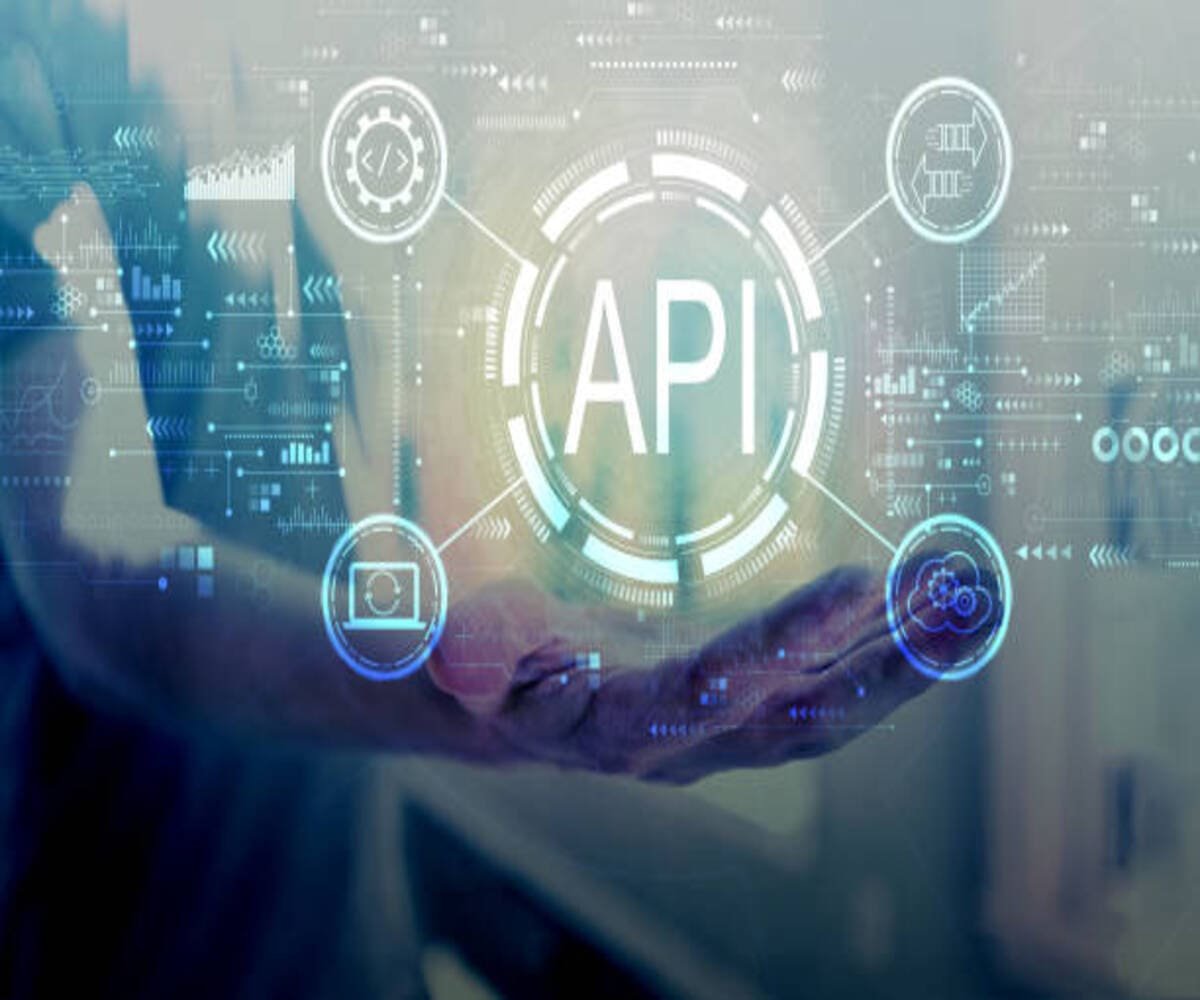RESTful APIs are the backbone of modern web applications, enabling seamless communication between clients and servers. This guide covers the fundamentals of RESTful API development, best practices, and essential tools to create scalable and efficient APIs.
What is a RESTful API?
A RESTful API (Representational State Transfer) follows REST principles, allowing applications to communicate over HTTP using standard methods such as GET, POST, PUT, DELETE, and PATCH. RESTful APIs are stateless, meaning each request contains all the necessary information to process it without relying on previous requests.
Key Principles of RESTful API Design
A well-designed RESTful API follows essential principles to ensure consistency and efficiency. Resources should be represented as nouns (e.g., /users, /products) and manipulated using HTTP methods. APIs should be stateless to enhance scalability, ensuring each request is self-contained. Proper use of status codes improves API communication by providing meaningful responses (e.g., 200 OK, 201 Created, 400 Bad Request, 404 Not Found). Implementing pagination, filtering, and sorting optimizes performance when handling large datasets.
Essential Components of RESTful APIs
RESTful APIs rely on various components for efficient operation. Endpoints define resource locations, ensuring consistent URL structures. HTTP methods specify actions to be performed on resources. Request and response formats typically use JSON or XML for data exchange. Authentication and authorization mechanisms such as OAuth, JWT, or API keys secure access to API endpoints. Rate limiting and caching improve performance and prevent abuse.
Step-by-Step Guide to Developing a RESTful API
To build a RESTful API, choose a backend framework such as Django REST Framework, Flask, Express.js, or FastAPI. Design the database schema and define models that represent resources. Implement API endpoints using controllers or views that handle business logic. Utilize serializers to convert data between formats, ensuring compatibility. Apply authentication and authorization mechanisms to secure access. Test API functionality using tools like Postman or Swagger before deploying the API to production.
Best Practices for RESTful API Development
Adopting best practices ensures the efficiency and maintainability of RESTful APIs. Use meaningful resource naming conventions that follow industry standards. Implement proper error handling to provide clear and informative error messages. Enable versioning to support future API updates without breaking existing integrations. Optimize database queries and use caching strategies to enhance performance. Document the API using OpenAPI specifications to facilitate seamless adoption by developers.
Common Challenges in RESTful API Development
Developers may encounter challenges such as handling CORS (Cross-Origin Resource Sharing) issues, managing authentication securely, and optimizing query performance for large-scale applications. Implementing API rate limiting and monitoring ensures stability and prevents abuse. Ensuring backward compatibility is crucial for maintaining long-term usability, requiring careful versioning and deprecation strategies.
Conclusion
RESTful APIs provide a standardized approach to building scalable and interoperable web services. By following best practices, leveraging appropriate tools, and implementing security measures, developers can create robust APIs that power web and mobile applications. A well-designed RESTful API enhances application performance, ensures seamless integration, and supports future scalability.

